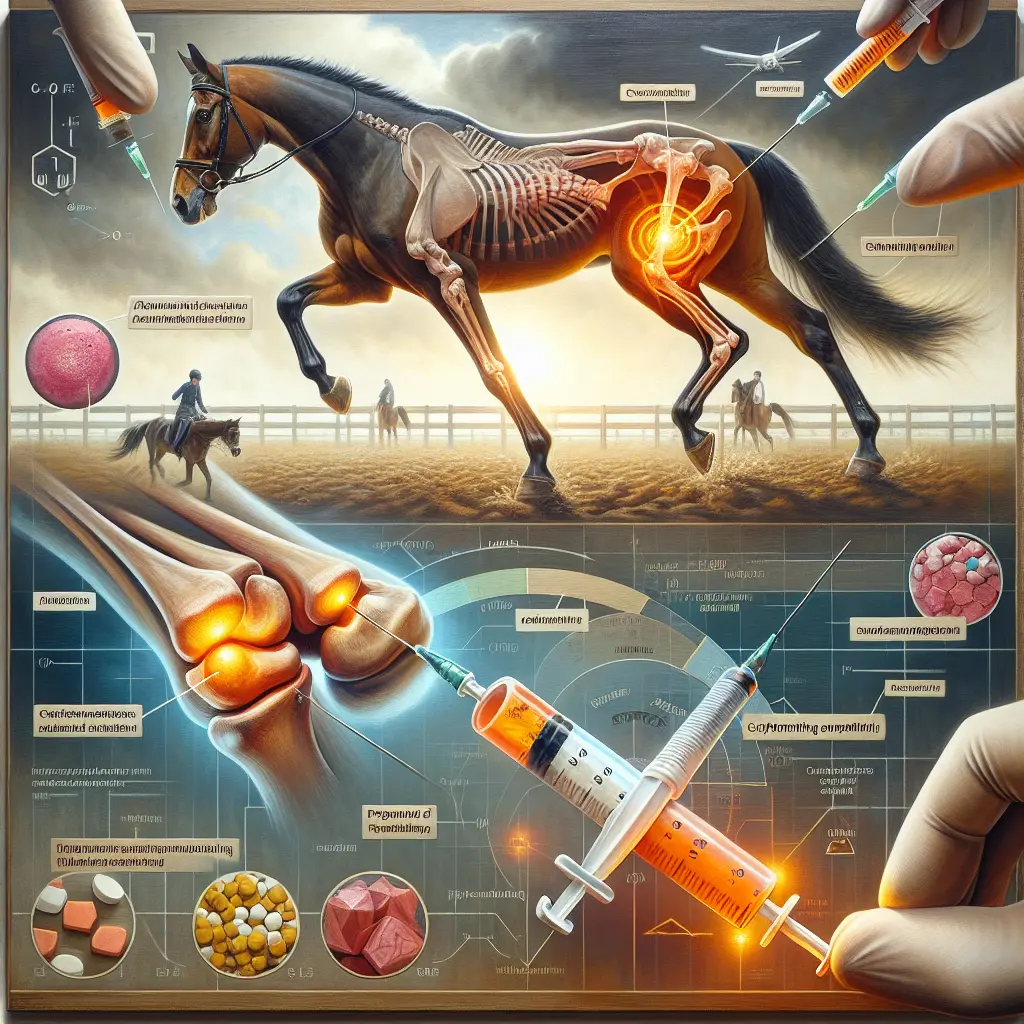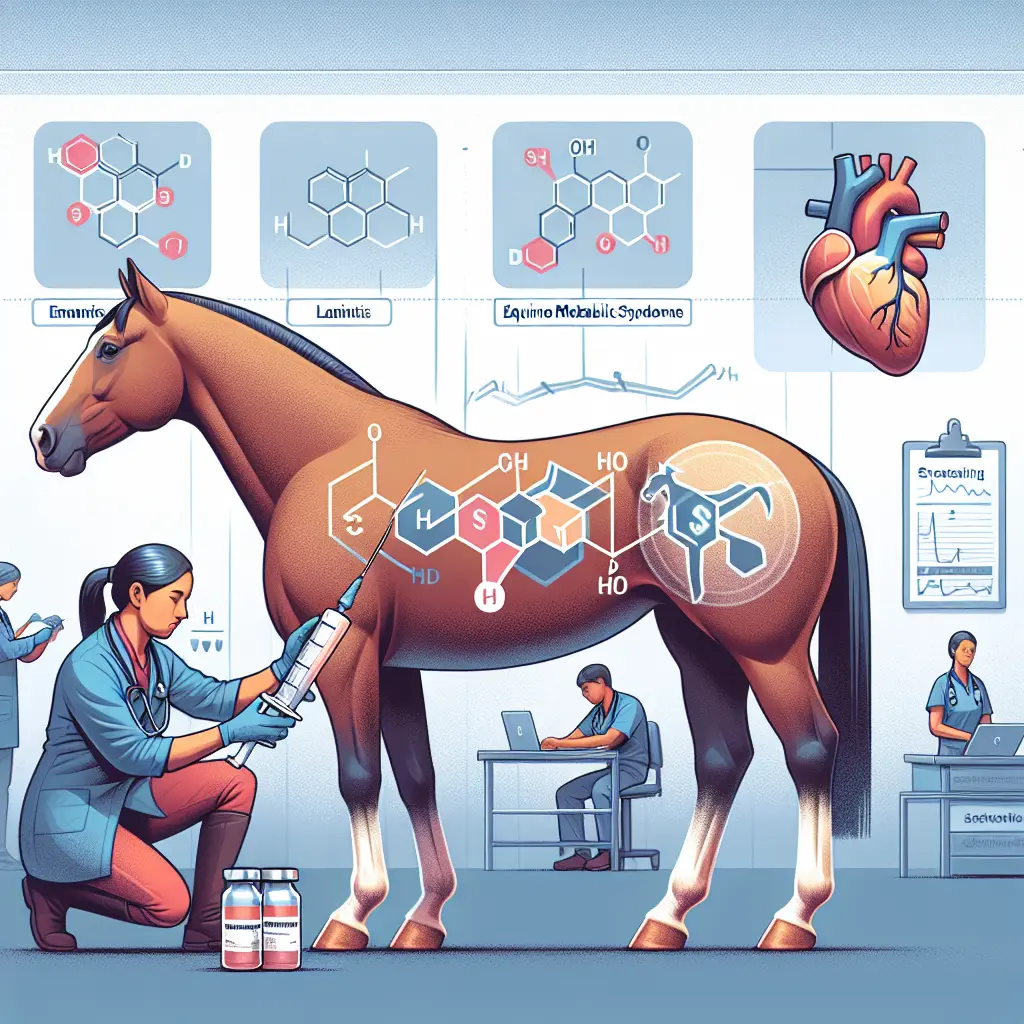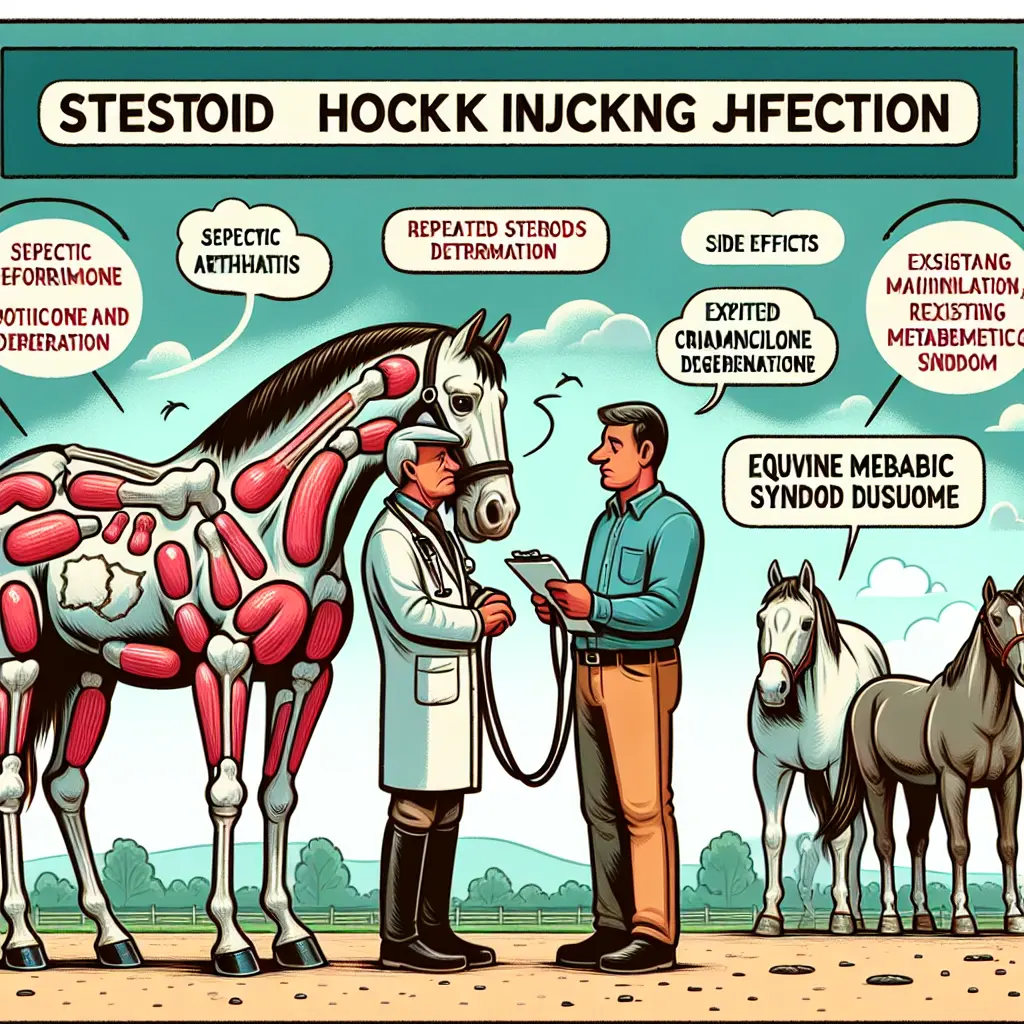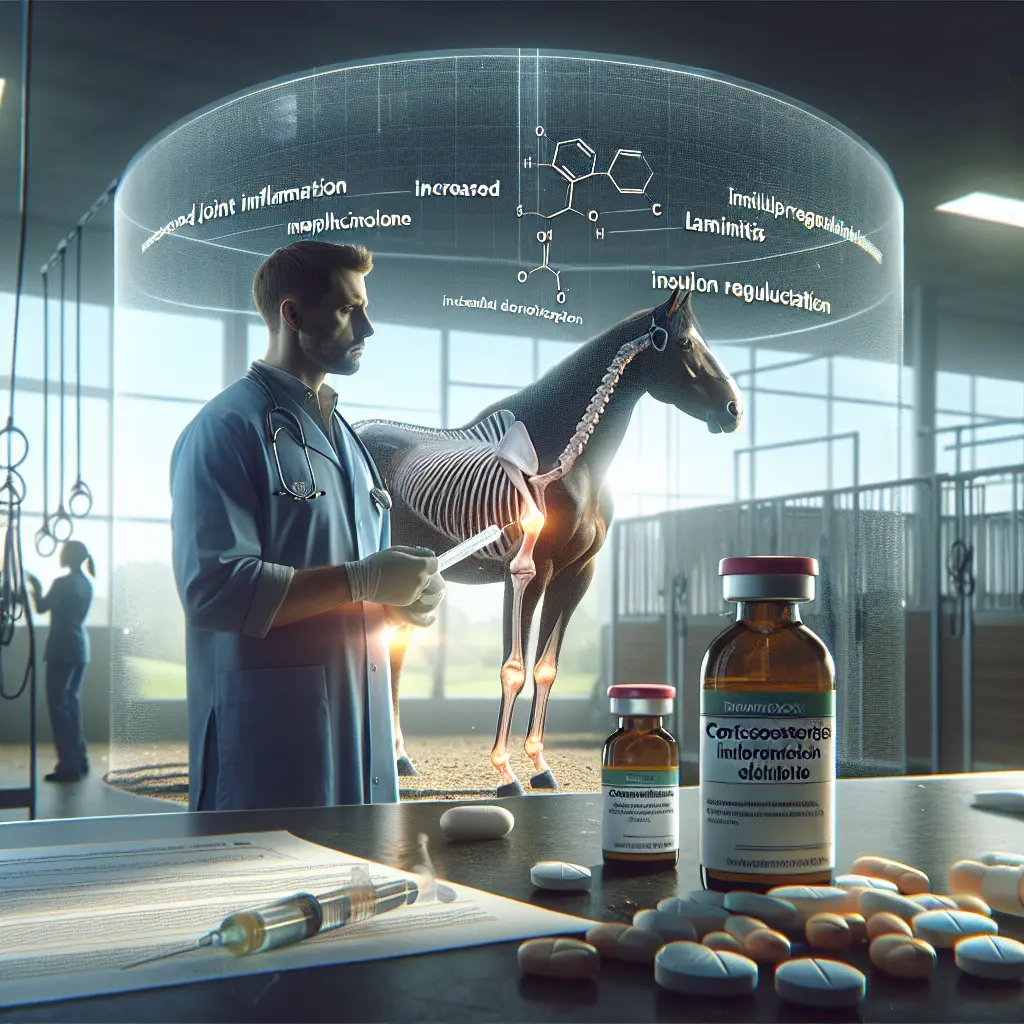Understanding the Risks: How Steroid Hock Injections Can Lead to Laminitis and EMS in Horses
Horse owners and equine enthusiasts are well aware of the fine line between athletic prowess and health risks in performance horses. Steroid hock injections are often used to mitigate joint pain and enhance mobility, but what lurks beneath their seemingly benign relief can be a gateway to serious health issues like laminitis and Equine Metabolic Syndrome (EMS). In this engaging exploration, we delve into these hidden dangers and offer practical advice to strike the right balance between relief and risk.
The Role of Steroid Hock Injections
Steroid injections, commonly referred to as corticosteroid injections, are a go-to remedy for veterinarians aiming to reduce inflammation and pain in the hock joint of horses. The primary goal? Boosting mobility and comfort for these majestic creatures. steroids such as triamcinolone, methylprednisolone, and betamethasone are often employed due to their efficacy.
Mechanism of Action: How Do They Work?

Corticosteroids act by inhibiting the immune system, thereby reducing inflammation within the joint. This reduction in swelling and pain allows horses to resume their activities with less discomfort. However, it's important to note that these drugs can have systemic impacts on the horse's entire body, not just the targeted joint.
Uncovering Potential Complications
The use of steroid hock injections is not without its share of concerns. Although the risk of infection remains low, other complications should not be overlooked. These potential pitfalls include:
- Septic Arthritis: A rare yet serious infection necessitating immediate veterinary intervention.
- Flare Reactions: Temporary pain and swelling that may subside in a few days.
- Cartilage Degeneration: Excessive or wrongful use of steroids can catalyze joint degeneration.
- Metabolic Effects: Impairment in glucose regulation can lead to significant health concerns.
Laminitis and EMS: The Hidden Dangers

Laminitis is a crippling inflammatory condition affecting the hoof, potentially threatening a horse's life if left unchecked. Equine Metabolic Syndrome (EMS), on the other hand, is characterized by insulin resistance, obesity, and a propensity for laminitis. It is crucial to understand that while not all horses will develop these conditions following a steroid injection, the risk is substantial enough to warrant serious consideration.
How Steroids Exacerbate Laminitis and EMS
Steroids can undermine normal insulin function, a cornerstone of hoof health. This disruption raises the stakes for laminitis, particularly in horses with preexisting metabolic issues. Here are some crucial factors to be aware of:
- Repeated Use: Regular steroid injections heighten metabolic disturbances.
- Underlying Metabolic Conditions: Horses with existing EMS are at an increased risk.
- Selective Steroid Risks: Certain steroids carry more pronounced risk profiles than others.
Statistics to Consider

The occurrence of septic arthritis post-steroid injections is notably low, with studies indicating about 7.8 cases per 10,000 injections [source]. Moreover, infection cases have shown favorable outcomes with appropriate therapeutic intervention. Despite these encouraging statistics, metabolic risks remain difficult to quantify but should not be ignored, especially in susceptible horse populations.
Navigating the Balancing Act Between Benefits and Risks
In the face of such considerations, the responsibility falls on horse owners and veterinarians to weigh the benefits of immediate pain relief against the long-term health risks. Here are strategies to mitigate those risks:

- Monitor Hooves Vigilantly: Look out for lameness or heat as early warning signs.
- Minimize Steroid Dosage: Aim for effective relief with the lowest possible steroid exposure.
- Avoid Frequent Injections: Limit injection frequency when feasible.
- Evaluate Metabolic Health: Utilize blood tests and screenings to ascertain risk levels.
- Adopt Sound Husbandry Practices: Prioritize weight management, appropriate exercise, and balanced nutrition.
Consider browsing our Jodhpur Collection for comfortable riding gear that facilitates better riding posture, reducing joint strain. Also, explore our line of Everyday Horse Vitamins & Supplements, designed to support metabolic health.
What to Do If Concerned
Vigilance is key when your horse undergoes steroid therapy. Monitor their condition closely and report any abnormalities, such as pain or metabolic distress, to your vet immediately. Routine check-ups and sustained evaluation become indispensable, especially for horses with a history of laminitis or EMS.
Wrapping It Up: Prioritizing Your Horse's Health
Steroid hock injections can indeed be a game-changer for joint pain management, but they come with their fair share of concerns. Educate yourself on the potential risks and work hand-in-hand with your vet to find the best path forward. After all, a well-informed owner and a strategic veterinary plan can make a world of difference in ensuring your horse enjoys a long, vibrant life.
To enhance your horse's comfort and health, feel free to check out our collections of Horse Riding Boots and Horse Riding Gloves, designed to support your equine adventures in style and safety.


